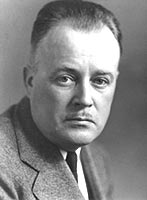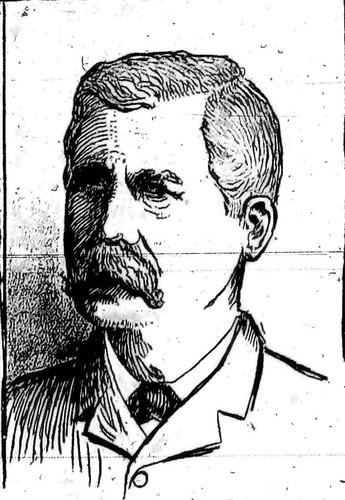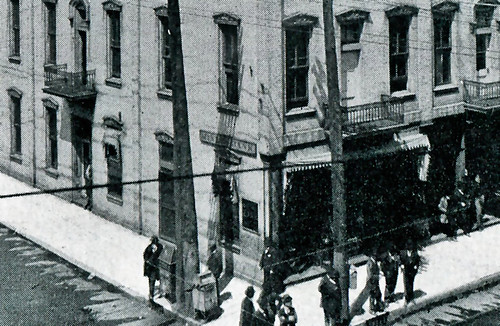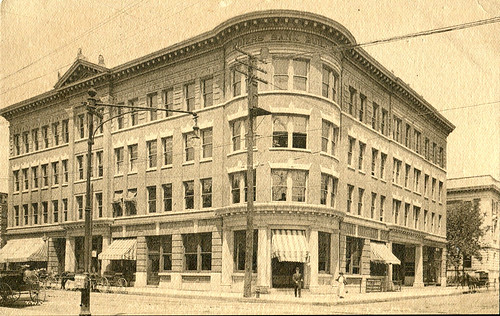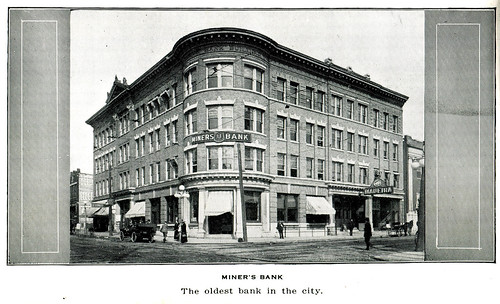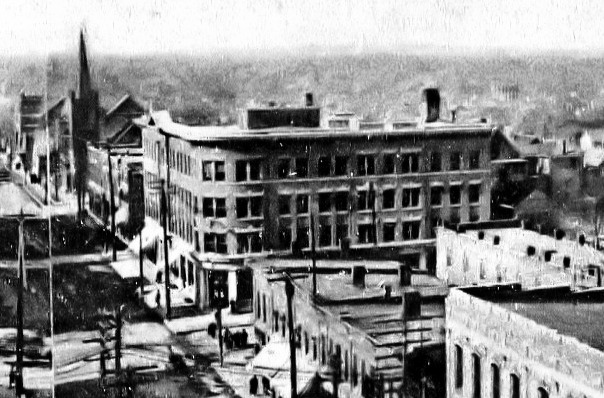One of the most important figures in recent Ozark history is Vance Randolph. Randolph, born just across the stae line in Pittsburg, Kansas, first visited the Missouri Ozarks in 1899 when he and his parents visited the O-Joe Club in Noel, Missouri. Enthralled by the people and places of the Ozarks, Randolph spent the rest of his life traveling throughout Missouri and Arkansas collecting folklore, tall tales, superstitions, and folk culture. Randolph was no stranger in Joplin. He claimed that the best bar in the region was at the Connor Hotel.
Of the hundreds of stories he collected, this one comes from Mr. Reggie Courtney of Joplin, Missouri, on March, 1926:
“Once upon a time there was a fellow who was always telling big stories. Folks used to say he wsa the champion liar of the country. But them tales of his wasnt’ really lies, and everybody knowed it. They was just big windy stories, and folks used to come for miles around to hear him tell ’em when he got going good.
One day a bunch of the boys was setting in front of the store at the crossroads when this here windy fellow come riding along on a mule. “Howdy, Emmett,” says the postmaster. “Light down, and tell us one of them big lies of your’n.”
But the fellow didn’t stop only a minute, and he looked mighty serious. “No time for foolishness today, boys,” says he. “Old man Slinkard has fell off’n the barn, and it looks like his back’s broke. I’m going after Doc Holton.”
After Emmett went down the road towards town the boys just set there and looked at one another. They all knowed Old Man Slinkard and most of them was kin to him. Pretty soon they all got on their horses and rode over to the Slinkard place, to see if they could do anything to help out. It was pretty near four mile, through mighty rough country. They was all hot and sweaty and tired before they come in sight of the house. And the first thing they seen when they got there was old man Slinkard out a-plowing his corn.
“Well I’ll be damned!” says the postmaster. “He never fell off’n the barn at all! That goddamn Emmett lied to us!” The other boys was all pretty sore too, but they couldn’t pass up a chance to pour it on the postmaster. “I don’t see where you got any kick a-coming,” says one fellow. “Didn’t you ask him to tell us one of them big lies?” The postmaster he says yes, but he didn’t figure on riding no four miles in this heat just for some fool idea of a joke.
“Well, I don’t see how you can blame poor Emmett,” the fellow says, “because he just done what you told him.” And then they all laughed like fools, and that’s all there is to this story.”
Source: Hoosier Folklore, A Quarterly of Folklore, vol. IX, No. 2 and Vance Randolph: An Ozark Life by Robert Cochran.
